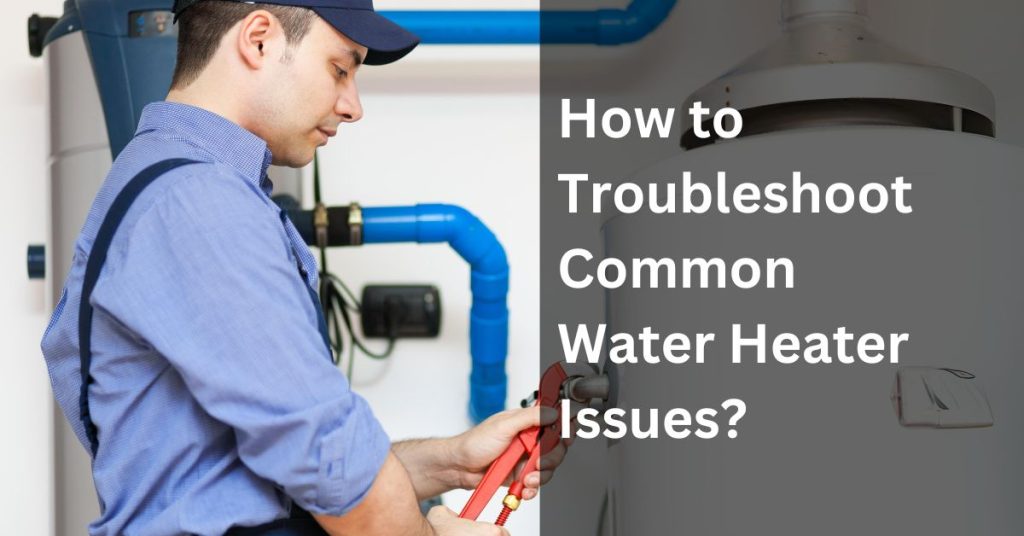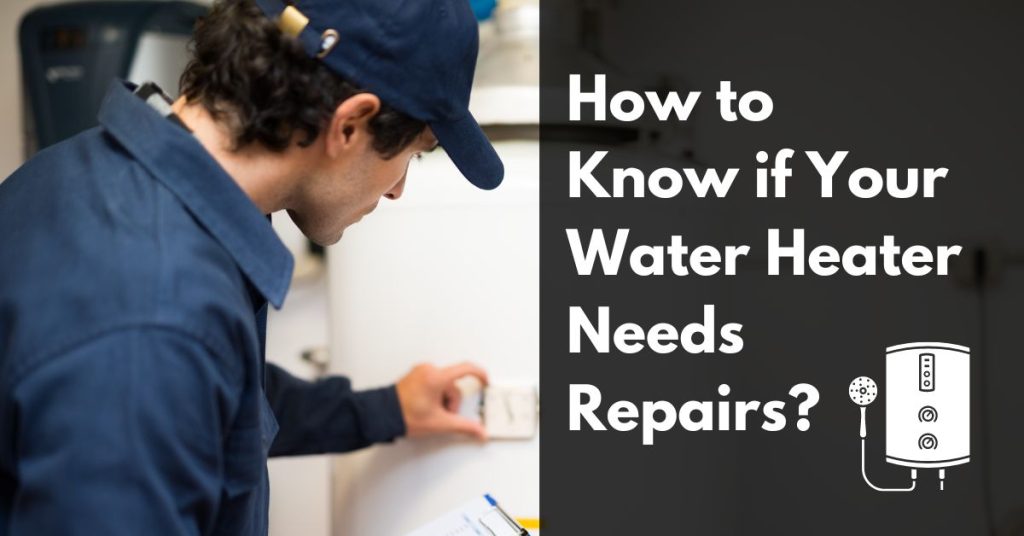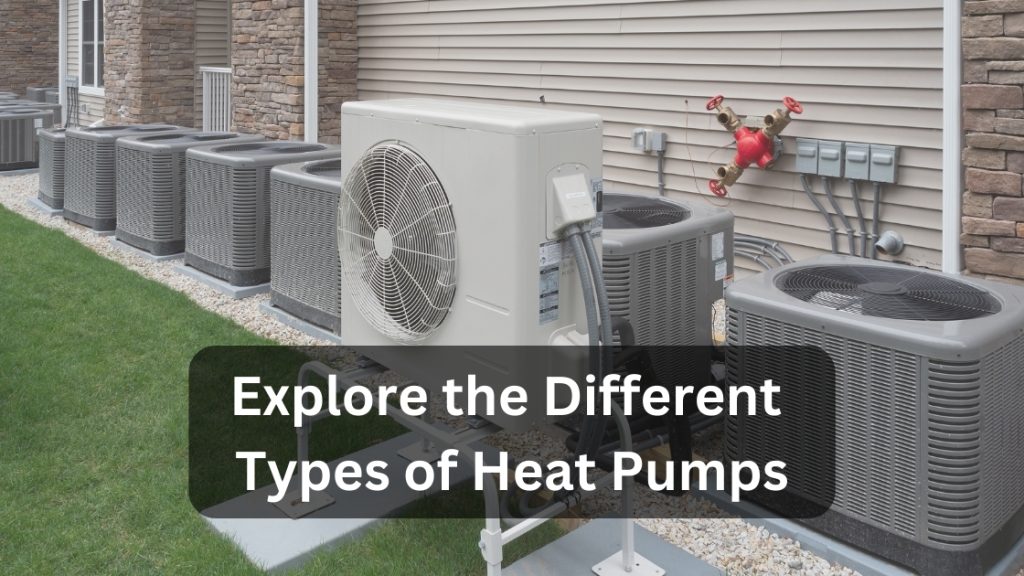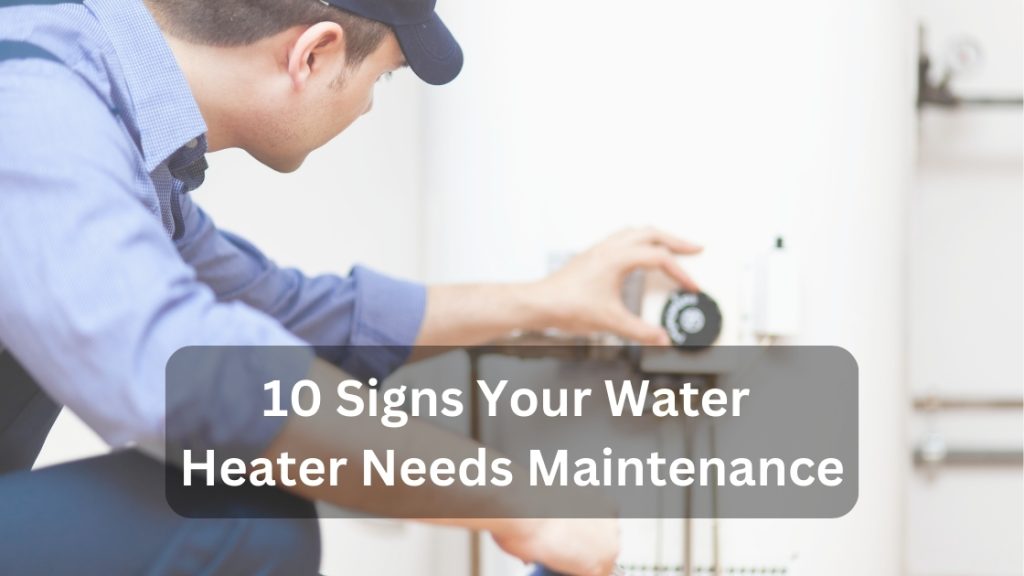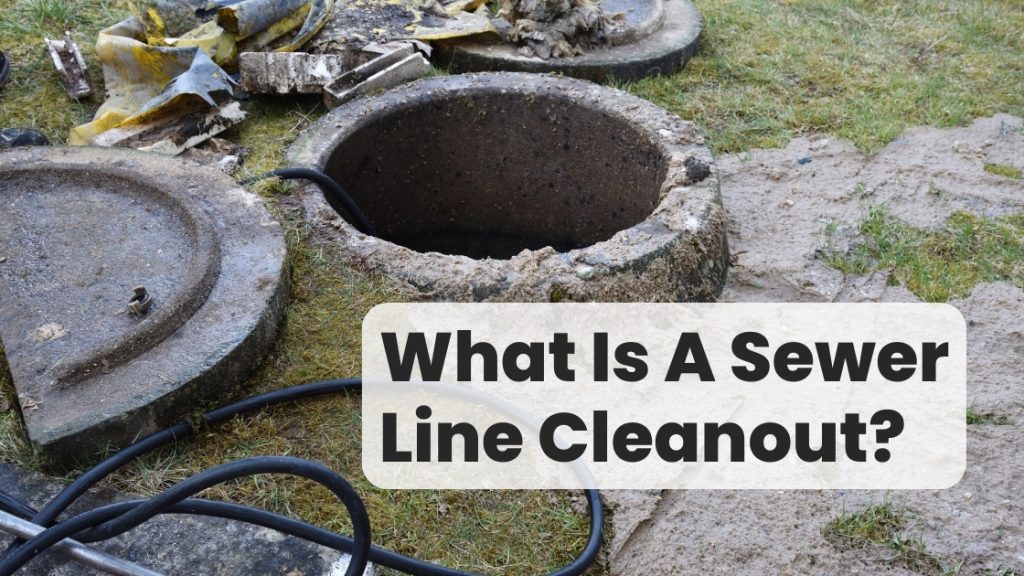Currently Empty: $0.00
5 Common Plumbing Problems and How to Fix Them
Plumbing problems can be a major headache for homeowners, causing inconvenience, damage to property, and even health hazards. From dripping faucets to clogged drains, leaky pipes to no hot water, there are a variety of common plumbing problems that can occur in any home. While some issues may require the expertise of a professional plumber, there are also many problems that can be fixed with some basic knowledge and a few simple tools. In this blog, we’ll explore some of the most common plumbing problems and provide tips on how to diagnose and fix them, so you can save time & money.
Contents
- 1 Here are 5 Common Plumbing Problems:
- 2 1. Dripping Faucets: Causes and DIY Fixes
- 3 2. Clogged Drains: How to Unclog Them Without Chemicals
- 4 3. Leaky Pipes: How to Detect and Fix Them
- 5 4. Low Water Pressure: Causes and Troubleshooting Tips
- 6 5. Water Heater Issues: Common Problems and How to Address Them
Here are 5 Common Plumbing Problems:
1. Dripping Faucets: Causes and DIY Fixes
A dripping faucet can be an annoyance that keeps you up at night and wastes water, driving up your water bill. The good news is that in many cases, fixing a dripping faucet is a simple DIY project that you can do yourself with a few basic tools.
Here are some common causes of dripping faucets and DIY fixes:
- Worn Out Washers: Over time, the rubber or silicone washers inside a faucet can wear out, causing water to leak out of the spout. To fix this, turn off the water supply to the faucet, remove the handle, and unscrew the packing nut. Then, replace the old washer with a new one of the same size and reassemble the faucet.
- Corroded Valve Seat: The valve seat is the part of the faucet that connects to the spout and controls the flow of water. If the valve seat becomes corroded or damaged, it can cause water to leak out of the spout. To fix this, remove the valve seat with a valve seat wrench, clean it with a wire brush, and replace it with a new one.
- Loose Parts: Over time, the various parts of a faucet can become loose, causing water to leak out. To fix this, turn off the water supply to the faucet, remove the handle, tighten any loose screws or nuts, and reassemble the faucet.
- High Water Pressure: If the water pressure in your home is too high, it can cause the faucet to drip. To fix this, install a pressure-reducing valve on your main water line.
2. Clogged Drains: How to Unclog Them Without Chemicals
Clogged drains are a common plumbing problem that can cause water to back up and potentially damage your pipes. While chemical drain cleaners can be effective, they can also be harsh on your plumbing and the environment.
Here are some effective and eco-friendly ways to unclog drains without chemicals:
- Plunger: A plunger is a simple tool that can be used to unclog drains. First, remove any visible debris from the drain. Then, place the plunger over the drain, ensuring a tight seal, and plunge up and down several times. Repeat as needed until the drain is clear.
- Baking Soda and Vinegar: This natural solution is a safe and effective way to unclog drains. First, pour a pot of boiling water down the drain to loosen any debris. Then, pour a cup of baking soda down the drain, followed by a cup of vinegar. Cover the drain with a plug or rag and wait for 10-15 minutes. Finally, pour another pot of boiling water down the drain to flush it out.
- Plumbing Snake: A plumbing snake, also known as a drain auger, is a tool that can be used to remove clogs from deeper in the drain. Feed the snake into the drain and turn the handle to navigate the bends in the pipe. When you reach the clog, turn the handle to break it up and remove it.
- Wet/Dry Vacuum: If you have a wet/dry vacuum, it can be used to remove clogs from drains. First, remove any visible debris from the drain. Then, create a tight seal between the vacuum hose and the drain and turn on the vacuum to suck out the clog.
You may like to read : 5 Ways To Avoid A Clogged Drain
3. Leaky Pipes: How to Detect and Fix Them
Leaky pipes are a common plumbing problem that can cause water damage and waste a significant amount of water if left unchecked.
Here are some steps to detect and fix leaky pipes:
- Check for Visible Signs: Look for signs of water damage, such as damp walls or ceilings, or pooling water around the base of pipes. Check under sinks and around toilets for any signs of leaks.
- Monitor Water Meter: Turn off all faucets and appliances that use water and check your water metre. If the metre is still moving, you may have a leak.
- Check Toilet: A leaky toilet can waste a significant amount of water. Place a few drops of food colouring in the toilet tank and wait 10-15 minutes. If the colour appears in the bowl, you have a leak.
- Fix Leaks: Depending on the location and severity of the leak, fixing it may be a simple DIY project or require professional help.
4. Low Water Pressure: Causes and Troubleshooting Tips
Low water pressure can be a frustrating problem that affects your ability to shower, wash dishes, and perform other daily tasks. While some causes of low water pressure may require the expertise of a professional plumber, there are also some troubleshooting tips you can try before calling in the pros.
Here are some common causes of low water pressure and how to fix them:
- Clogged Faucet Aerator: The faucet aerator is the small screen at the end of your faucet that mixes air with water to create a steady stream. Over time, it can become clogged with debris, reducing water pressure. To fix this, remove the aerator, soak it in vinegar for a few hours, and then rinse it with water.
- Corroded Pipes: If your home has old pipes, they may become corroded and restrict water flow, leading to low water pressure. If you suspect this is the case, you may need to replace the affected pipes.
- Water Leaks: Leaks in your plumbing system can cause low water pressure. To check for leaks, turn off all water appliances in your home and look at your water meter. If it’s still moving, you may have a leak. Check for visible leaks under sinks, around toilets, and in your yard. If you find a leak, fix it immediately.
- Water Valve Issues: If the water valve supplying your home is partially closed or malfunctioning, it can cause low water pressure. Check the valve to make sure it’s fully open and functioning properly.
- Water Softener Issues: If you have a water softener, it may be malfunctioning and reducing water pressure. Check the salt levels and settings on your water softener and make sure they’re correct.
5. Water Heater Issues: Common Problems and How to Address Them
A water heater is an essential appliance that provides hot water for bathing, cooking, and cleaning. When it’s not working correctly, it can be a major inconvenience.
Here are some common water heater issues and how to address them:
- No Hot Water: If you’re not getting any hot water, the pilot light may have gone out. Follow the instructions in your water heater manual to relight it. If the pilot light is lit, but you’re still not getting hot water, it may be a problem with the thermostat or heating element. In this case, it’s best to call a professional plumber.
- Not Enough Hot Water: If you’re running out of hot water quickly, it may be because the tank is too small for your household’s needs. Consider upgrading to a larger tank or a tankless water heater. Alternatively, the thermostat may be set too low, so try increasing the temperature setting.
- Strange Noises: If your water heater is making strange noises, such as popping or rumbling, it may be due to sediment buildup in the tank. To fix this, drain the tank and flush it out. If the noise persists, it may be a sign that the heating element is failing, and it’s time to replace it.
- Leaks: Leaks in a water heater can be caused by a variety of factors, such as a loose drain valve or a corroded tank. If you notice a leak, turn off the power supply and water supply to the heater and call a professional plumber.
- Foul Odour: If your hot water has a foul odour, it may be due to bacteria buildup in the tank. Drain the tank and flush it out with a solution of one part bleach to ten parts water. If the odour persists, it may be time to replace the anode rod in the tank.
Plumbing problems are a common occurrence in households, and they can be frustrating and inconvenient to deal with. However, by understanding the common issues and how to fix them, you can save yourself time, money, and stress. Remember to always take necessary safety precautions and consult a professional plumber if you’re unsure how to fix a problem or if it’s a more significant issue.









